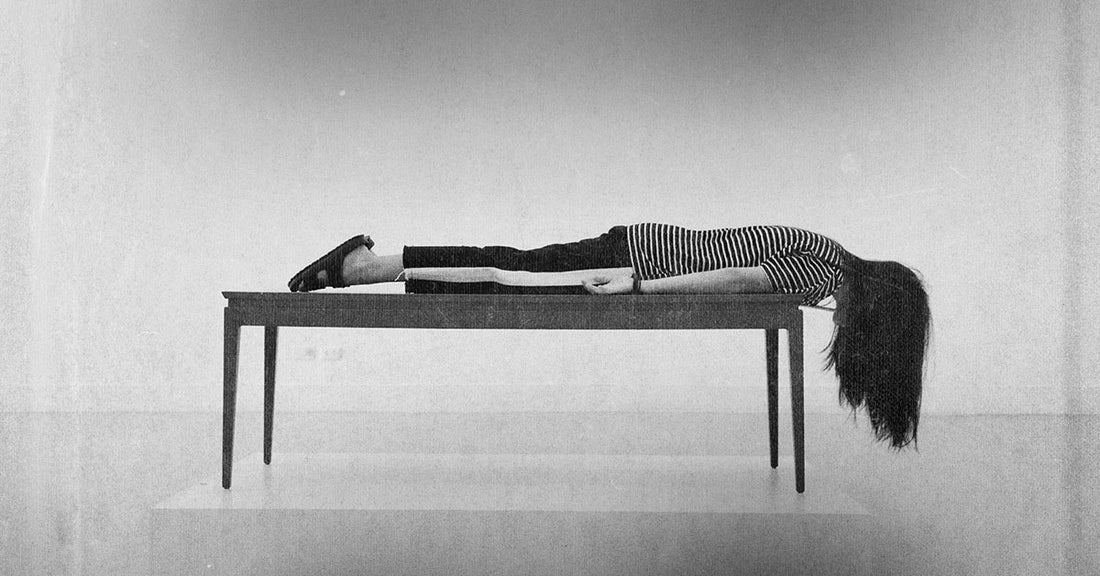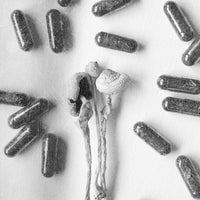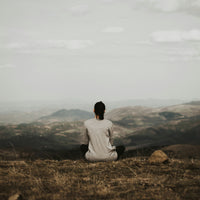As a lifelong insomniac, I’ve tried just about every sleep aid you could name. That includes some heavy-duty stuff that was supposedly guaranteed to knock my sorry ass out. Right down the line, every so-called sure-fire remedy has failed me.
Well, I take that back. For a short while, I did have some success with Ambien. However—and this is important—that drug has some genuinely terrifying side effects … by which I mean it makes you flat-out, certifiable, over-the-rainbow, cuckoo-for-Cocoa-Puffs, sing-along-with-the-floating-head-of-Abraham-Lincoln nuts. Buyer beware: This shit will send you to the land of breakdancing turtles and talking garden hoses. That doesn’t happen to everyone, but I’m one of many, many people who go full-on whack-a-mole when they take Ambien.
You think I’m exaggerating? Let me give you an idea of just how freaky this drug can be: The first time I took it, shortly before falling asleep, I saw Emmanuel Lewis—yes, the kid who played Webster in the ’80s sitcom of the same name—using a rubber band to shoot a flaming Satanic pentagram at me. I wish I were joking.
At first, I was delighted that Ambien had succeeded in knocking me out after so many other sleeping pills had failed. I saw its surreal side effects as a hilarious bonus. For the sake of an article I was writing, I used a voice recorder to chronicle the sublimely stupid visions that the drug induced in the moments before sleep. Listening back to these recordings the next day, I would howl like a harpoon hyena when I heard my own slurred, comically slowed-down voice spinning tales of Play-Doh men with ketchup mustaches, Cate Blanchett’s secret identity as a cyclops … you know, stuff like that. I eventually turned some of these visions into a series of deeply worrisome drawings and paintings.
Soon, though, Ambien started losing its ability to sing me to sleep. That, combined with concern for my health—not to mention fear of waking up in a savings bank wearing a thong made of banana peels and rubber bands—led me to bid Ambien a weary farewell.
I Am Magnesium Man
Anyway.
While researching a series of articles about sleep for Trends w/ Benefits, I recently absorbed a massive amount of advice on how to get a better night’s rest. Much of this came courtesy of Dr. Andrew Huberman and Matthew Walker, Ph.D..
Given the severity of my insomnia, my hopes weren’t particularly high when I tried out a few of the more promising recommendations. In some cases, I was right to be skeptical, but I’m happy to say that I eventually hit pay dirt.
The first item on the list was magnesium. I’ve been failed by much stronger stuff over and over, so I never bothered with this one in the past. It turns out that was for good reason: I took 400 mg of magnesium bisglycinate approximately 30 minutes before bed for a week … and it did absolutely nothing to improve my sleep.
On the plus side, there were no Ambien-style visions of winged baboons with chainsaws … though, while I have no memory of this, it seems that during one of many times I woke from sleep the first night I took magnesium, I decided it was important to record myself saying, “I am the ‘I am Iron Man’ in ‘Iron Man.’” Do with that information what you will.
Since magnesium wasn’t doing much on its own, I tried out Dr. Huberman’s recommended “sleep cocktail”: magnesium, apigenin and theanine. The details of this recipe are important, so if you’re thinking of trying it, be sure to check out Huberman’s instructions in the video below.
The verdict? Even at maximum dosage, this sleep cocktail was about as useful to me as closed captions are to the blind … but again, my insomnia is far more extreme than most, so don’t let that discourage you from trying it for yourself.
Good Morning, Sunshine
In retrospect, the advice that did help fix my sleep pattern seems double-duh obvious:
As soon after waking up as you can manage, step outside and get some sunlight in your eyes. Ideally, this should be at dawn, but for natural-born creatures of the night like me, that ain’t gonna happen. Just do it as early in the day as possible. Don’t wear spectacles or sunglasses, and stay with it for two to 10 minutes—the longer, the better. Throughout the day, continue to get as much sunlight into your unshielded eyes as circumstances will permit. If time will allow, it can also help to watch the sunset at the end of the day. More information about all this can be found here.
If you don’t notice a change in your sleep patterns right away, don’t give up too soon. It can take a couple of days for your circadian rhythm to shift in response to these new signals your brain is getting.
Here’s the other thing that seems to be making a difference for me: Make sure the room you’re sleeping in is cool in temperature. According to Walker, the ideal room temperature for sleeping is 65 degrees.
Enter Sandman
Since I began following these simple steps a few months ago, I’ve enjoyed the longest run of consistently solid sleep I’ve had in my life. I still have a bad night here and there, but for a hardcore insomniac like me, it comes as a pleasant shock that this has been the exception to the rule.
After a lifetime of sleep troubles, I’m all too aware that the dark specter of insomnia could return at any time. This has happened to me many times after short periods of relatively good rest. In an especially painful example of this, I once dreamt I was at a job interview and the interviewers asked me to write a haiku poem in one minute or less. Here’s what I scribbled down:
My insomnia
Is history! I am free.
Just kidding! It’s back.
The moment I finished writing, I woke up from the dream and couldn’t fall back asleep.
So, for now, I’m sleeping with one eye open. But hey—I’m sleeping!
Damon Orion is a writer, musician, artist and teacher based in Santa Cruz, CA. Read more of his work at damonorion.com.
Header image by Pin Chu via Unsplash.
Read more: The Stuff That Dreams are Made Of
Read more: How Does Alcohol Impact Sleep?
Read more: How to get Back in Sync with Your Circadian Rhythm
Read more: 3 Signs of Caffeine Overconsumption
Read more: Sleep School: What we Learned from Matthew Walker's Masterclass




